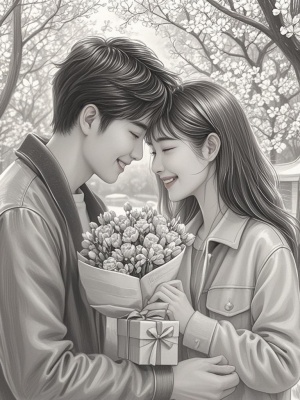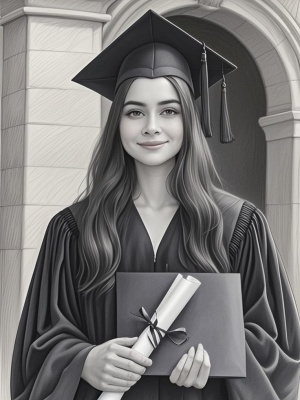The Art of Sketch Portrait Pencil: A Comprehensive Guide
Introduction to Sketch Portrait Pencil
Sketch portrait pencil is a timeless art form that captures the essence of human expression with simple graphite strokes. Whether you're a beginner or an experienced artist, mastering pencil portraits requires understanding techniques, materials, and the nuances of human anatomy. This guide explores everything from choosing the right tools to advanced shading methods.
For those interested in digital alternatives, check out our AI painting guide that complements traditional techniques with modern technology.

Essential Tools for Pencil Portrait Sketching
Choosing the Right Pencils
The foundation of any great sketch portrait begins with quality pencils. Artists typically use a range from hard (H) to soft (B) leads:
- H pencils (2H-6H) for light guidelines
- HB or 2B for general sketching
- 4B-8B for dark shadows and contrast
Paper Selection
Textured paper (90-140 lb) works best for portrait sketching as it holds graphite well. Smooth surfaces are ideal for detailed work while rough textures create dramatic effects.
Fundamental Techniques
Proportion and Measurement
Accurate proportions make or break a portrait. Use the "eye measurement" technique - the face is typically five eyes wide. The gallery section showcases excellent examples of proportional accuracy.
Shading Methods
- Hatching: Parallel lines for basic shading
- Cross-hatching: Layered lines for depth
- Blending: Smooth transitions with stumps or fingers
- Erasure: Creating highlights by removing graphite

Common Challenges and Solutions
| Problem | Solution |
|---|---|
| Flat-looking features | Study facial anatomy and practice value scales |
| Overworked areas | Work from light to dark, building layers gradually |
| Unnatural expressions | Use reference photos with natural lighting |
Advanced Portrait Sketching Tips
For those ready to elevate their work, consider these professional techniques:
- Study the planes of the face (forehead, cheekbones, jawline)
- Practice "seeing" values rather than lines
- Experiment with different pencil grips for varied effects
Our portrait to art detail guide offers more insights into refining your work.
Conclusion: Mastering the Art Form
Sketch portrait pencil remains one of the most rewarding artistic disciplines. With patience and practice, anyone can develop the skills to create stunning, lifelike portraits. Remember that even masters like Degas spent years perfecting their craft.

Whether you prefer traditional methods or want to explore digital alternatives, the key lies in consistent practice and studying both classical and contemporary approaches to portrait art.